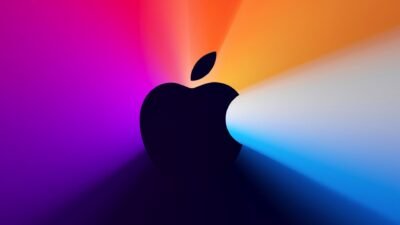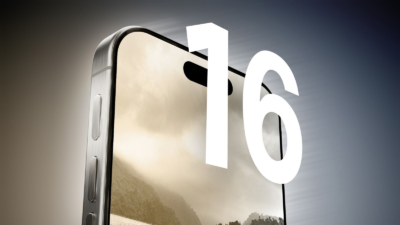Apple limits the iPhone 15 series’ Type-C port in several ways

A few months back we heard that the EU has issued a few guidelines that will require all smartphone companies to ensure the standardization of Type-C ports on their devices. Now, we have some information regarding the Type-C port on the upcoming iPhone 15 series. The information is sourced from a famous Apple analyst, Ming-Chi Kuo. The analyst claims that Apple will restrict the Type-C port on the iPhone 15 series. Well, this is not the first type of such information. We have already come across such reports in the previous month.
It is anticipated that the company will make use of a Lightning-like authenticator chip in the iPhone. Similarly, the company will use the chip for the charging cable too. In this way, the company will limit the number of devices that could be charged with the device.
Well, it seems like the company is abiding by the regulations of the EU, however, it is making things difficult on the user’s end. Do note that this information doesn’t indicate that a user can’t charge their device with any Type-C cable. They can, but their devices will be charged slowly. Apple has done a similar thing with its wireless charging tech on iPhones. MagSafe-certified accessories can benefit from 15W charging whereas non-certified Qi chargers will only have the capacity to charge devices at 7.5W.
The ‘Pro’ devices will come with a new Type-C standard
Besides these limitations, the company is going to present another limitation with its vanilla iPhone 15 units. It appears that the USB Type-C ports of vanilla iPhone 15 units will be powered at USB 2.0 speeds. On the other hand, the iPhone 15 Pro series will present a faster USB 3.2 standard.
The company has introduced similar techs with its iPads. The entry-level iPads are provided with just 480Mbps. Whereas the Pro models have been provided with much faster charging speeds. This factor will, of course, impact the transfer speed in case a user transfers data via a cable.
Research Snipers is currently covering all technology news including Google, Apple, Android, Xiaomi, Huawei, Samsung News, and More. Research Snipers has decade of experience in breaking technology news, covering latest trends in tech news, and recent developments.









